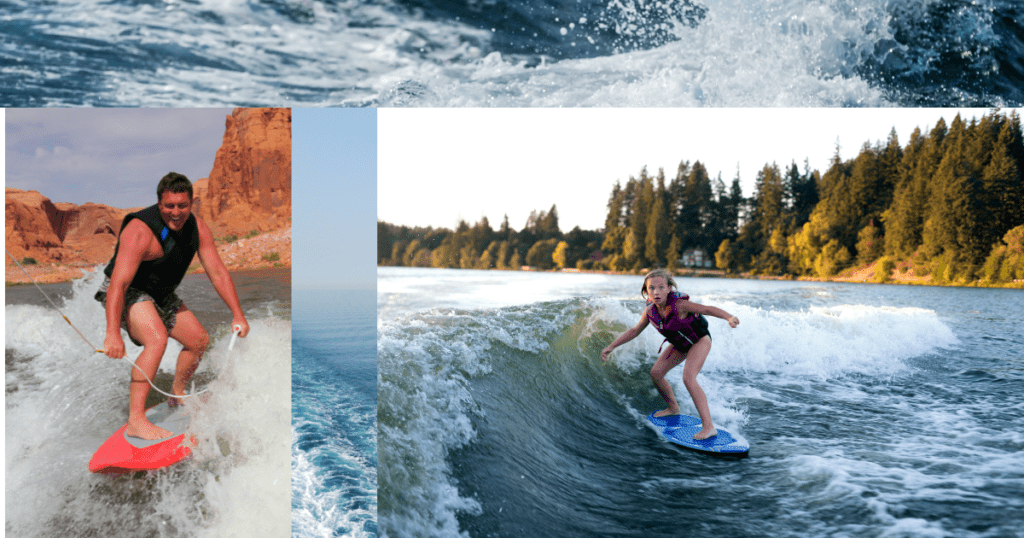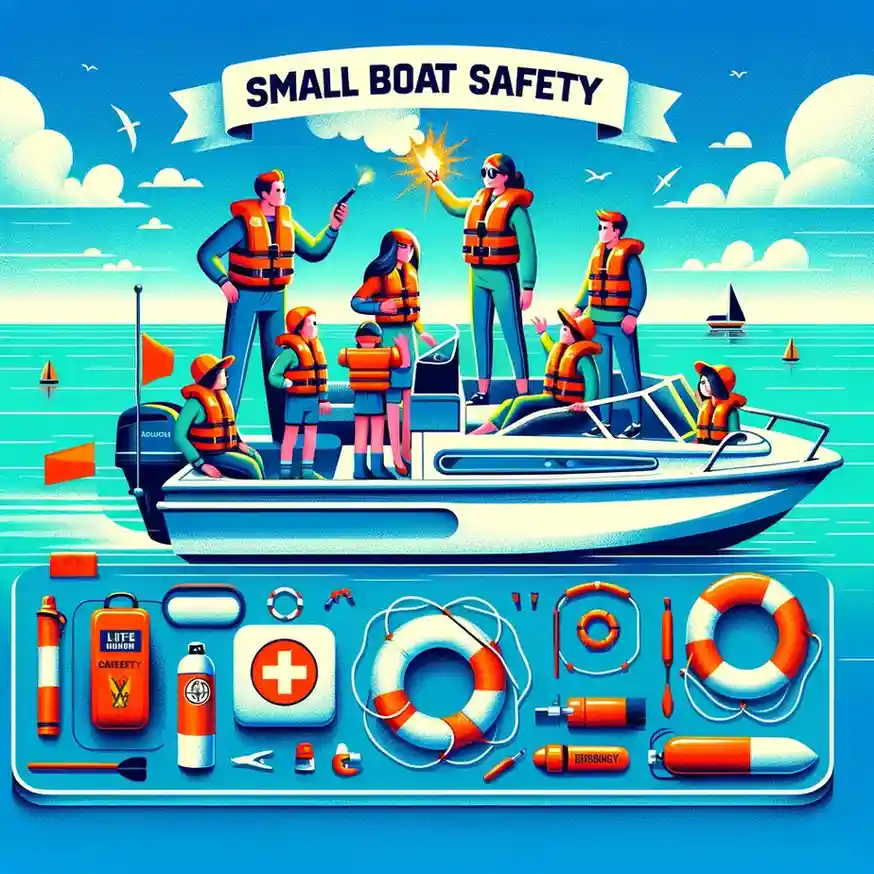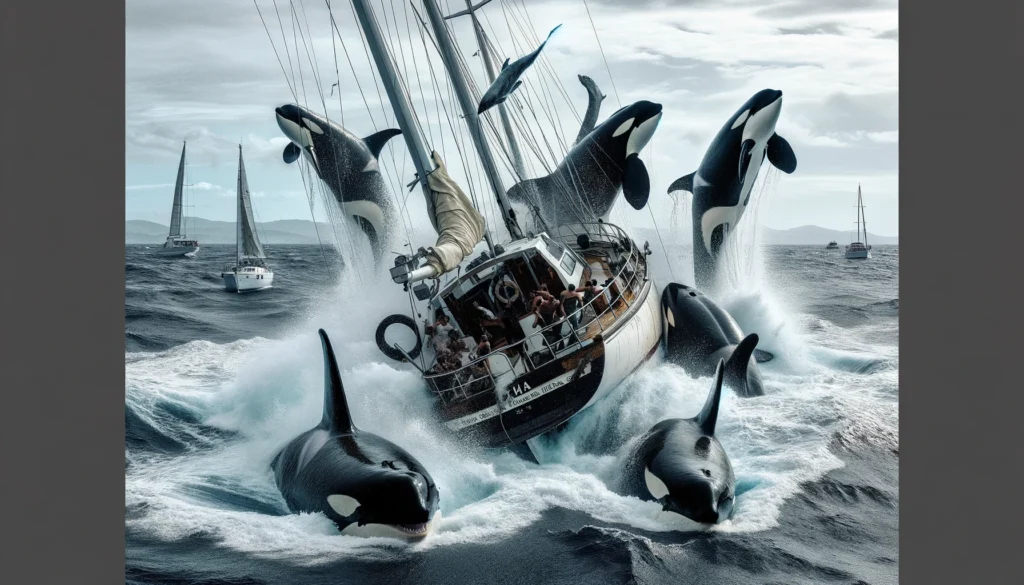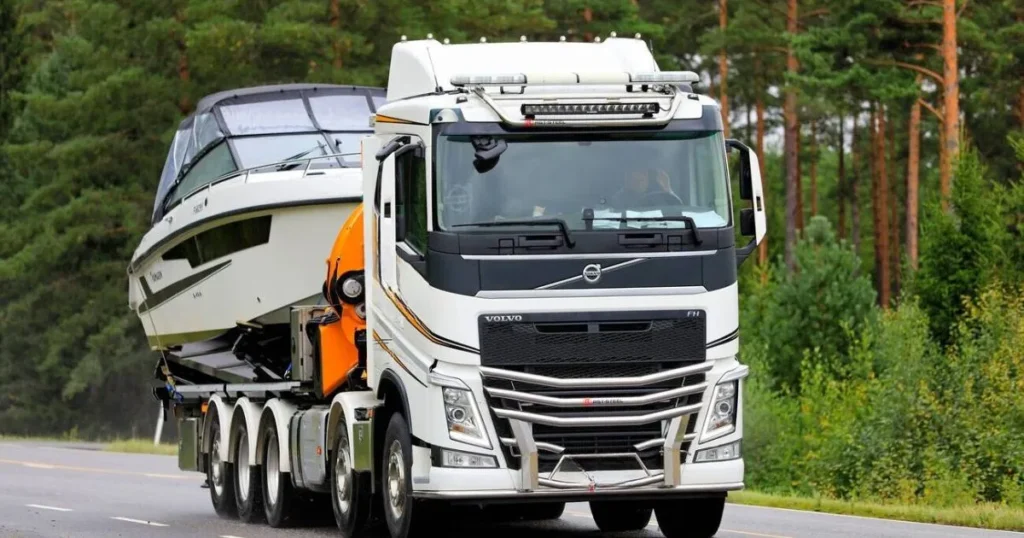Introduction
Have you ever been amazed by the way huge ships and small boats can glide gracefully on water? The secret lies in a law of physics known as buoyancy. In this piece, we’ll delve into the explanation of what makes boats float, discussing ideas such as density, displacement, and structure. By the conclusion, you’ll grasp why boats remain above water and what elements affect their ability to stay buoyant.
Table of Contents
Understanding Buoyancy
1. The Principle of Buoyancy
Buoyancy refers to the force exerted by a liquid, such as water, that counteracts the weight of an object submerged in it. This concept was initially elucidated by the mathematician Archimedes. As per Archimedes Principle, any object immersed in a liquid encounters a force to the weight of the liquid it displaces. An object displacing water to its weight will float.
2. Density and Displacement
The concept of density is essential to understanding buoyancy. Density refers to the mass per unit volume of a substance. An item will float when its density is lower than that of the liquid it is immersed in. This explains why materials such as wood and specific types of plastics are less dense than water and are frequently employed in building boats.
When you put a boat into the water,, it moves some of the water out of its way. The water that is pushed aside creates a force called buoyancy. If the boat weighs the same or less than this force,, it will stay afloat. On the other hand, if the boat is overloaded and pushes down water, its own weight will cause it to submerge.
Factors Influencing Buoyancy
1. Boat Design and Shape
The way a boat is built, the for andand of its hull has aninfluenceats. A hull thatwell-crwell-crafted hull aside water to hold up its weight. Take, for instance, boats, with bottom,s—they push away water and offer better balance, maki,ng them per,fect for smooth waters. Conversely, hulls shaped like a V are more fittisuitablewatsuitablee they can slice through waves with ease.
2. Materials Used
Boat construction is influenced by the materials chosen, which impact both its weight and buoyancy. Some common materials used are wood, fiberglass, aluminum, and steel. Each material comes with its set of characteristics;
Wood: Traditionally employed for its nature and buoyancy, though it may absorb water over time.
Fiberglas: Known for being lightweight, buoyant, and resistant to water absorption, making it a popular choice for recreational boats.
Aluminum: Light in weight and resistant to corrosion, it is often utilized in smaller watercraft, like canoes.
Steel: Heavier compared to other options but can achieve buoyancy through proper hull design, commonly found in large commercial vessels.
3. Ballast and Weight Distribution
Bigger ships frequently employ ballast to keep steady and well-balanced. Water can be added to ballast tanks to reduce the boat’s center of gravity, improving stability in the water. It’s essential to ensure weight distribution; an imbalance in weight could lead to the boat tilting or capsizing. That’s why engineers meticulously strategize the positioning of engines, cargo, and other hefty parts.
4. Water Density
The density of water influences the buoyancy of objects. Saltwater, with its dissolved salts, is denser than freshwater, causing boats to float higher in oceans than in lakes. Additionally, water temperature plays a role in density as colder water tends to be denser than water.
Applications and Examples
1. Cargo Ships
Cargo vessels are constructed with hulls to displace water and carry heavy loads. They utilize ballast tanks to regulate buoyancy when loading and unloading cargo. The design of the hull and the incorporation of durable, lightweight materials help these immense ships maintain stability and stay afloat on extended journeys.
2. Cruise Ships
Cruise ships are built with passenger comfort in mind, featuring hulls for stability and numerous levels. They combine facilities with the fundamentals of buoyancy to guarantee a secure voyage.
3. Submarines
Submarines utilize ballast tanks to manage their buoyancy, enabling them to dive and ascend. By regulating the water volume in these tanks, submarines can attain a state of buoyancy, where they hover in the water without sinking or floating.
Conclusion
Boats’ ability to stay afloat is a captivating blend of physics, design, and engineering. By grasping the concepts of buoyancy, density, and displacement, we can admire the equilibrium that enables boats of sizes to travel through oceans worldwide. Whether it’s a fishing boat or a massive cargo vessel, the science behind buoyancy guarantees its ability to float, transporting individuals and merchandise across the planet.
FAQ: What Makes Boats Float?
1. What is buoyancy, and how does it make boats float?
Buoyancy is the upward force exerted by a fluid that opposes the weight of an object immersed in it. According to Archimedes’ Principle, an object submerged in a fluid experiences a buoyant force equal to the weight of the fluid it displaces. If the buoyant force is equal to or greater than the object’s weight, the object will float.
2. How does the shape of a boat’s hull affect its ability to float?
The shape of a boat’s hull is crucial in determining its buoyancy. A well-designed hull displaces a sufficient amount of water to support the boat’s weight. Flat-bottomed hulls provide greater stability in calm waters, while V-shaped hulls are better for navigating rough waters by cutting through waves effectively.
3. What materials are commonly used in boat construction, and how do they influence buoyancy?
Common materials used in boat construction include wood, fiberglass, aluminum, and steel. Each material has its properties:
- Wood: Lightweight and buoyant but can absorb water.
- Fiberglass: Lightweight, buoyant, and water-resistant.
- Aluminum: Light and corrosion-resistant.
- Steel: Heavy but can be designed to be buoyant with proper hull construction.
4. What role does ballast play in a boat’s buoyancy and stability?
Ballast, typically water-filled tanks in larger vessels, helps lower the boat’s center of gravity, enhancing stability. Proper ballast distribution prevents the boat from tipping and maintains balance, especially in rough seas. Ballast is crucial for maintaining the boat’s buoyancy and safety.
5. How does water density affect a boat’s buoyancy?
Water density varies with salinity and temperature. Saltwater is denser than freshwater, providing greater buoyancy, which is why boats float higher in the ocean. Colder water is also denser than warmer water, influencing buoyancy calculations.













